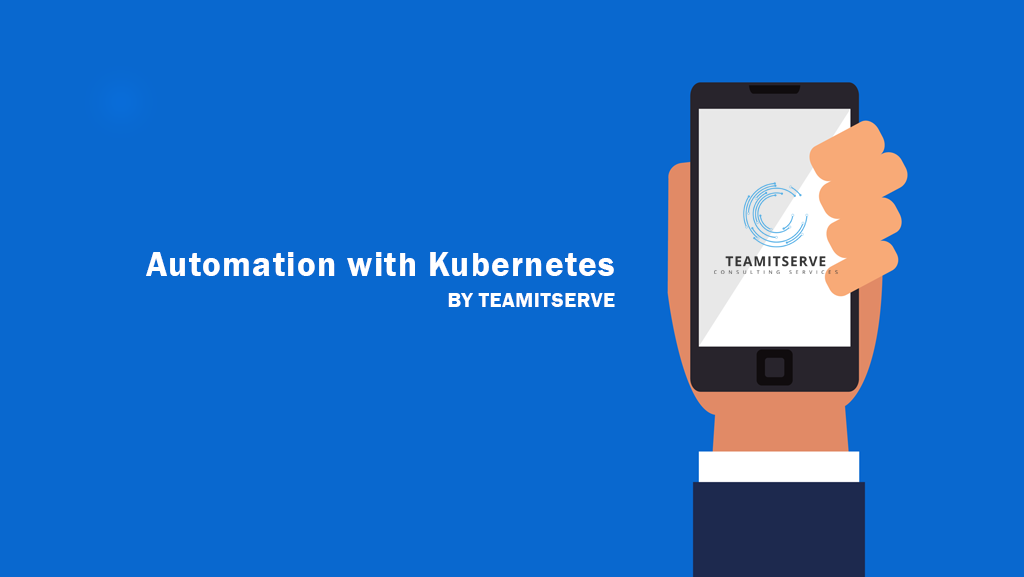
An articles on Automation with Kubernetes
Harnessing the Power of Container Orchestration for Streamlined Operations

Introduction
In today’s fast-paced digital landscape, automation has become an indispensable tool for businesses of all sizes.Kubernetes, the leading container orchestration platform, offers a powerful framework for automating various aspects of containerized application management. By leveraging Kubernetes’ automation capabilities, organizations can streamline their DevOps processes, enhance operational efficiency, and achieve greater agility in delivering software.
What is Automation with Kubernetes?
Automation with Kubernetes refers to the practice of employing Kubernetes’ features and tools to automate repetitive tasks and processes involved in managing containerized applications. This encompasses a wide range of activities,including:
● Deployment automation: Automating the deployment of containerized applications across a Kubernetes cluster,ensuring consistent and reliable deployments.
● Scaling automation: Automatically scaling applications up or down based on demand, optimizing resource utilization and application performance.
● Health monitoring and alerting: Continuously monitoring the health of applications and infrastructure, generating alerts for potential issues and enabling proactive remediation.
● Rolling updates: Seamlessly updating applications without disrupting service, ensuring minimal downtime and a smooth user experience.
Benefits of Automation with Kubernetes
Adopting automation with Kubernetes brings a multitude of benefits to organizations, including:
● Increased efficiency: Automation streamlines DevOps processes, eliminating manual tasks and reducing the time and effort required for application management.
● Reduced errors: Automation eliminates human error, ensuring consistent and reliable deployments and configurations.
● Improved scalability: Automation enables applications to scale elastically, responding to changing demand patterns and traffic spikes.
● Enhanced agility: Automation accelerates software delivery cycles, enabling organizations to release new features and updates more frequently.
● Reduced costs: Automation optimizes resource utilization, leading to cost savings in infrastructure and maintenance.
Automation Tools for Kubernetes
Kubernetes offers a rich ecosystem of tools that facilitate automation, including:
● Kubespray: A tool for automating the deployment and configuration of Kubernetes clusters.
● Helm: A package manager for Kubernetes that simplifies the deployment and management of applications.
● Prometheus: A monitoring and alerting system for Kubernetes that provides insights into application and infrastructure health.
● Argo CD: A continuous delivery tool for Kubernetes that automates the deployment and update of applications.
● Jenkins X: An open-source platform for automating CI/CD pipelines for Kubernetes.
Implementing Automation with Kubernetes
To implement automation with Kubernetes, organizations should follow a structured approach:
- Identify automation opportunities: Analyze current workflows and processes to identify repetitive tasks that can be automated.
- Select automation tools: Choose appropriate tools based on the specific automation tasks and requirements.
- Develop automation scripts: Create scripts or configurations that utilize Kubernetes’ automation capabilities.
- Integrate automation into workflows: Integrate automation scripts into existing workflows to streamline processes.
- Monitor and refine automation: Continuously monitor automation performance and refine scripts or configurations as needed.
Conclusion
Automation with Kubernetes empowers organizations to streamline their DevOps operations, enhance agility, and achieve greater control over their containerized applications. By leveraging Kubernetes’ automation capabilities, businesses can optimize resource utilization, reduce costs, and deliver software more efficiently, propelling them towards a competitive edge in the digital era
